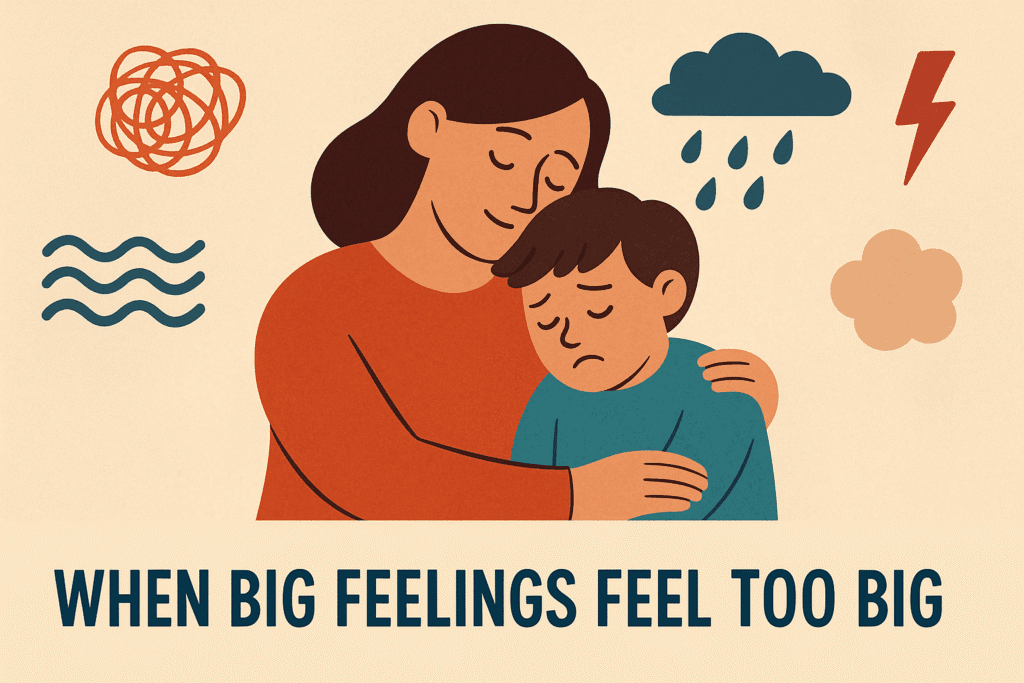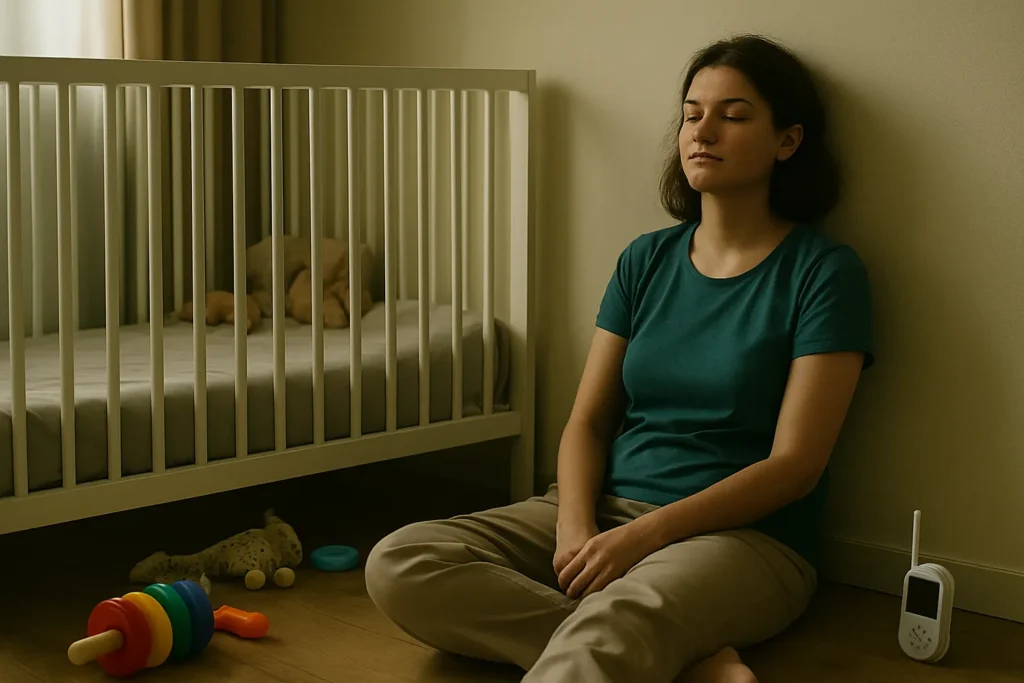Table of Contents
Introduction: Why Self-Care Isn’t Optional Anymore


When you hear the phrase “self-care routine,” what comes to mind?
A perfectly staged bubble bath? Yoga by candlelight? Maybe sipping green juice while journaling on a balcony? Going beyond the lens of social media on self care is quite what you need.
Sounds nice—but that’s not the full picture.
Real self-care isn’t just about pampering. It’s about doing the things that support your well-being—even the boring, gritty stuff like going to bed on time, drinking water, setting boundaries, and saying “no” when you need to.
If you’ve ever thought, “I know I need to take better care of myself, but I just can’t stick to it,” you’re not alone.
The good news? Building a self-care routine that works doesn’t require a 12-step wellness plan or three hours a day. It just needs to be simple, sustainable, and personalized for you.
Let’s walk through it—step by step.
Step 1: Start by Listening to What You Actually Need

Before you start scheduling face masks and morning runs, pause and ask yourself:
- Do I feel constantly drained or anxious?
- Am I sleeping poorly or always tired?
- Do I feel disconnected from myself or others?
- Is my body tight, tense, or in pain?
These questions help you identify where your energy is leaking. Because self-care isn’t one-size-fits-all—it’s about filling the specific gaps in your physical, emotional, mental, or social well-being.
Here’s a quick breakdown to help you reflect:
- ✅ Physical Self-Care: Eating well, moving your body, staying hydrated, sleeping enough
- ✅ Emotional Self-Care: Journaling, therapy, deep conversations, setting boundaries
- ✅ Mental Self-Care: Reading, meditation, screen breaks, learning something new
- ✅ Social Self-Care: Spending time with uplifting people, saying no to toxic dynamics
Once you figure out what’s missing, your self-care routine will start to feel like a support system, not another item on your to-do list.
Step 2: Define Your Self-Care Goals

What do you want your self-care routine to help you with?
- Do you want more energy during the day?
- Less anxiety and overwhelm?
- Better focus at work?
- More emotional balance?
Be specific. Write it down. Your self-care shouldn’t be about what looks good—it should be about what helps you feel good.
This is where building a healthy self-care habit becomes purposeful instead of performative.
Step 3: Choose 3 to 5 Simple Self-Care Habits
Don’t overwhelm yourself with a 30-step morning ritual. Instead, choose a few small, repeatable habits that meet your needs and fit your life.
Some examples:
- To boost energy:
Morning sunlight, lemon water, protein-rich breakfast - To reduce anxiety:
5-minute breathing exercise, journaling, screen-free mornings - To improve work-life balance:
Setting a shutdown time for work, short walks, phone boundaries after 8 p.m. If you are facing difficulties in this you can always get help with our article here.
Remember: A self-care routine that works isn’t about doing everything. It’s about doing a few things well, consistently.
Step 4: Keep It Flexible—Not Perfect
Real talk: life isn’t predictable. Some days you’ll crush your routine, and other days, brushing your teeth and drinking water will be your win—and that’s okay.
The point is not perfection. It’s sustainability.
Here’s how to keep your self-care practical:
- Pick a time of day you’re least likely to be interrupted
- Start with 10–15 minutes daily
- Don’t beat yourself up if you miss a day—just come back gently the next
Tip: Treat your self-care like brushing your teeth. Small, daily maintenance that keeps the bigger issues at bay.
Step 5: Adjust As You Go
Your needs will change—so your self-care routine should evolve too.
Ask yourself regularly:
- What’s working for me right now?
- What feels forced or exhausting?
- Am I showing up for myself—or just checking boxes?
Update your routine based on your answers. Add something new. Let go of what no longer fits. Self-care is dynamic, not static.
Common Self-Care Myths (That You Can Ignore)

Let’s bust a few myths that often stop people from practicing consistent self-care:
❌ “Self-care is selfish.”
Actually? It’s the opposite. You can’t pour from an empty cup. When you take care of yourself, you’re better equipped to care for others, make clear decisions, and show up fully.
❌ “I don’t have time.”
Even 5 minutes can help you reset. Self-care doesn’t need to be long—it needs to be intentional.
❌ “It’s too expensive.”
You don’t need spa days or fancy products. Some of the best self-care tools are free: nature, silence, movement, hydration, breath.
❌ “Self-care is always relaxing.”
Sometimes it’s hard. Saying no. Ending a toxic relationship. Getting to therapy. Resting when you feel guilty. That’s the gritty side of care—and it’s powerful.
How to Make Self-Care Stick (Even When Life Is Chaotic)
🔗 Habit Stack
Pair new self-care actions with existing habits. For example:
- Meditate after brushing your teeth
- Drink a glass of water right after waking up
- Stretch while waiting for your coffee to brew
🎯 Keep It Real
Choose small habits you’ll actually do. Skip the perfectionism. If 3 minutes of journaling is all you can manage, that’s more powerful than 0 minutes.
🛑 Protect Your Time
- Schedule your self-care like a meeting
- Say no when you’re stretched thin
- Silence your phone during your “me-time”
✍️ Track Tiny Wins
Keep a simple journal or checklist. Note even the smallest wins:
- “Took a 5-minute walk.”
- “Didn’t check my phone during lunch.”
- “Went to bed on time.”
These moments add up.
Your Self-Care Routine Should Grow With You

New season of life? New needs.
- New job? Shift your wake-up time and nighttime unwind routine.
- New parent? 3-minute meditations might replace 30-minute workouts—and that’s valid.
- Feeling low? Focus on rest, therapy, and gentler activities.
The best daily wellness habits aren’t rigid—they adapt.
Listen to your body. Notice what it’s craving. Let your routine respond like a conversation, not a command.
Final Thoughts: You Deserve to Be Cared For—By You

Creating a self-care routine that works isn’t about copying someone else’s Pinterest-perfect plan. It’s about meeting yourself—honestly, kindly, and consistently.
Start small. Be flexible. Check in often.
The goal isn’t to impress anyone. The goal is to feel better.
Then do it. You’re worth that and more.
So today, pause and ask:
“What’s one small thing I can do to care for myself today?”
Check out our insightful articles on personal growth and wellness at Roots, Wings & Wellness.
- How to Help Your Kids Navigate Anxiety and Big Emotions
- This One Habit Made Me a Calmer Parent
- You Recycle and Still Feel Powerless? Understanding Eco Anxiety
- What If You’re Not Lazy—Just Overstimulated?
- The Hidden Emotional Cost of Gentle Parenting
FAQ’s
Start by tuning in. Ask yourself—am I exhausted, anxious, disconnected, or constantly overwhelmed? Your body and mind are already sending signals. Think in categories: Do you need more rest (physical), more quiet time (emotional), better focus (mental), or deeper connection (social)? Once you know what’s missing, you can build a self-care routine that actually supports you.
Start small. Don’t aim for a perfect wellness plan overnight. Pick 2–3 healthy self-care habits that feel doable—like a short walk, 3-minute journal entry, or screen-free time after dinner. Pair these with things you already do (habit stacking), and adjust as needed. Consistency matters more than intensity.
Absolutely. Real self-care is not one-size-fits-all. What works for an influencer or a friend might not work for you—and that’s okay. Your sustainable self-care practice should align with your lifestyle, energy, and emotional needs. You’re not behind if your version looks simpler or slower. You’re being real.
You don’t need hours—just intentional minutes. A few minutes of stretching, deep breathing, or reflection can completely shift your mood. Try stacking self-care into your existing schedule: breathe while the kettle boils, stretch while your computer boots, write one grateful thought before sleep. Daily wellness habits work best when they feel natural.
Start by asking yourself how you’re really feeling—physically, emotionally, mentally. Are you tired? Anxious? Unfocused? Lonely? Then look at the areas of your life that are being neglected. Once you identify your needs, you can begin choosing small self-care habits that help fill those gaps instead of blindly following trends.
Sustainability over intensity. Instead of trying to do everything all at once, focus on one or two habits and build slowly. Track small wins and pair self-care with existing routines (like stretching after brushing your teeth). And when you fall off? Don’t guilt yourself—just come back gently.
Not necessarily—but movement often helps. If traditional workouts feel too much, start with gentle movement: walking, stretching, dancing to music in your room. Physical activity boosts energy, mood, and mental clarity—but it should feel like support, not punishment. Choose what feels kind to your body.
That’s the myth. Taking care of yourself isn’t taking away from others—it’s how you stay capable of showing up for them. Burnout helps no one. When you feel whole, rested, and grounded, everyone around you benefits too. Self-care is how you refill your cup so you don’t pour from an empty one.
















